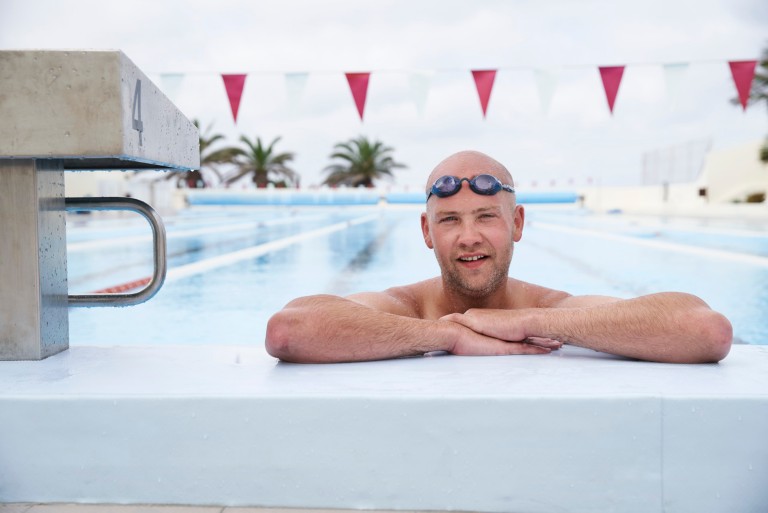Type 1 diabetes is a lifelong condition that affects the body’s ability to convert glucose from food into energy. In most cases, type 1 diabetes develops early in life and is often diagnosed during childhood.
The disease starts when the immune system attacks cells in the pancreas that produce insulin, the hormone that helps convert glucose into energy for the body’s cells. Without daily injections of insulin, people living with type 1 would not be able to survive.
Based on almost 100 years of experience discovering and producing treatments for people with diabetes, our scientists are advancing research to reduce the number of insulin injections required to maintain good glycaemic control, and to prevent low blood glucose (hypoglycaemic) episodes.
Our ultimate goal is a cure for type 1 diabetes. We are progressing our research in regenerative medicine such as stem cell therapy, which may one day be used as a curative treatment of type 1 diabetes.
Maintaining target blood glucose levels helps protect the body’s organs from damage. It also protects people living with type 1 diabetes from hypoglycaemia.
Insulin therapy aims to get as close as possible to the natural insulin response of someone without diabetes. This can help people living with type 1 diabetes maintain target blood glucose levels.
The closer insulin therapy gets to the body’s natural response, the better it is at balancing blood glucose levels.
Insulin treatment has evolved significantly, and with each advancement, we are closer to a natural insulin response. Most importantly, these advancements helped people living with type 1 diabetes overcome some of the inconveniences that come with treating and living with the condition.
One of our big ambitions is to develop so-called "smart insulins" that will eliminate hypoglycaemic events. This would be the next big breakthrough in type 1 diabetes care. We share this ambition with many partners in the diabetes research community and work closely with them towards a common goal – eliminating hypoglycaemia.
We are getting closer in our search for a curative treatment for type 1 diabetes.
Together with leading research universities around the world, we have been able to transform stem cells into glucose-sensing, insulin-secreting beta cells, just like those produced in the pancreas of a healthy person. In animal studies, these transformed stem cells successfully cured mice with type 1 diabetes.
We have made significant steps forward, and continue to work on the remaining challenges. Luckily, we are not alone. We have a solid network in the scientific community for stem cell research, and with each day it grows stronger.
It is only a question of when these collaborations will lead to a cure for the millions of people living with type 1 diabetes.
Insulin treatment should be as simple as possible, and this has always been our philosophy. From better treatments to digital solutions, we strive to ease the burden of living with a chronic disease and meet the diverse needs of millions of people living with type 1 diabetes.
Within type 1 diabetes, we are currently researching into the following areas:
- Glucose-responsive insulins
- Connected insulin delivery devices
- Curative stem cell treatment
When we combine the voice of someone living with a chronic disease with our scientific expertise and engineering skills, we can continue to discover and develop innovative insulins and delivery systems.
